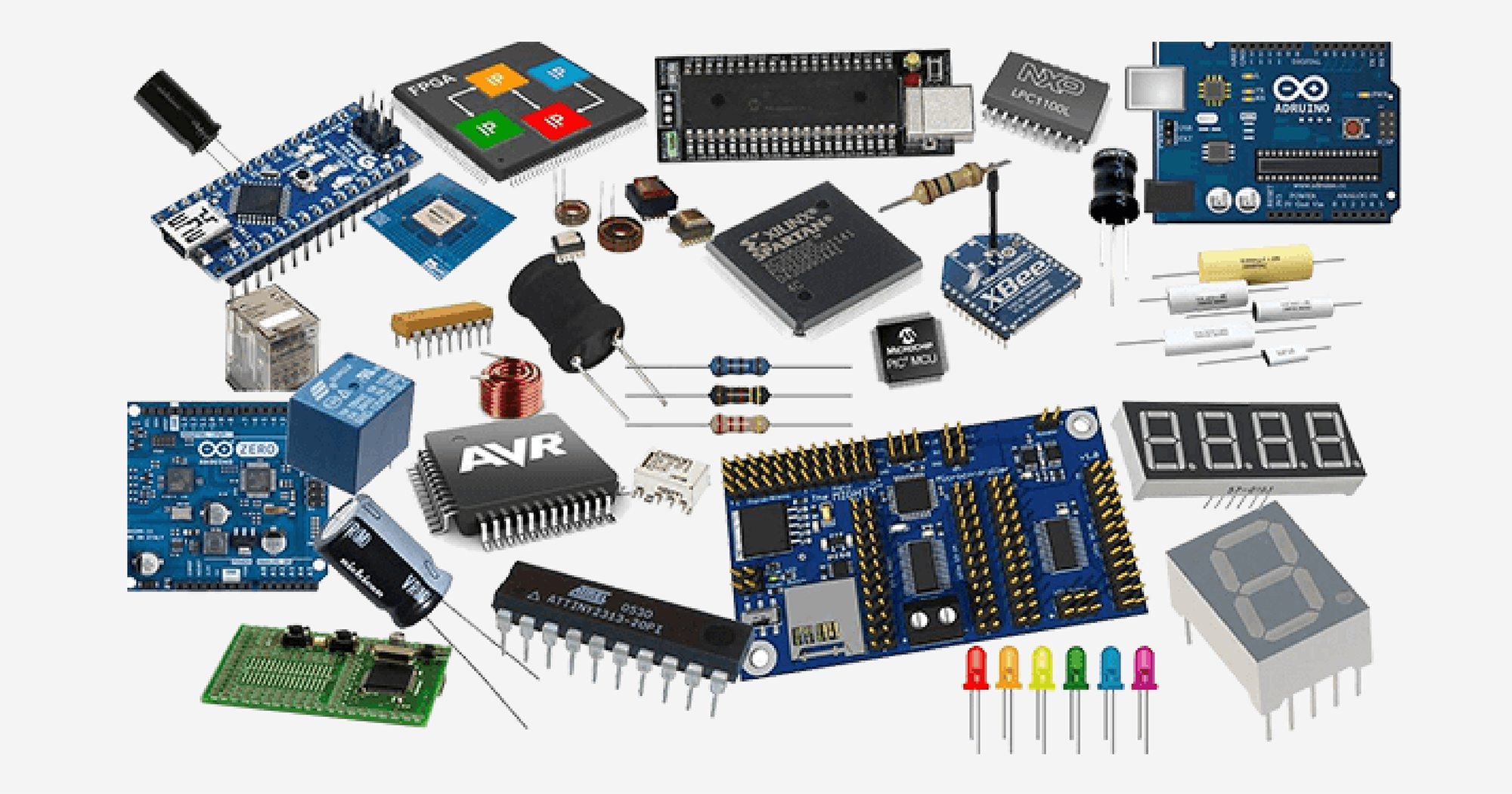Differences Among Elmos Semiconductor’s E981.03, E981.23 and E981.33 KNX/EIB Transceivers
The KNX/EIB transceiver family from Elmos Semiconductor—E981.03, E981.23, and E981.33—plays a pivotal role in smart home and building automation systems. As each transceiver caters to specific application needs, understanding their differences and practical applications is essential for engineers and procurement professionals. This article delves into their key distinctions, technical highlights, and use cases.
1. Core Features of the E981 Transceiver Family
Elmos Semiconductor’s E981 series supports KNX (Konnex) and EIB (European Installation Bus) protocols, both of which are standards in building automation. Each transceiver in this series offers unique attributes designed to meet different functional and integration demands.
E981.03
- Primary Application: Ideal for cost-sensitive projects.
- Features: Offers basic KNX communication functionality with efficient power management.
- Key Benefits: Its simplified architecture ensures easy implementation while minimizing costs for standard automation tasks.
E981.23
- Primary Application: Targeted at medium-scale systems requiring enhanced stability.
- Features: Includes additional filtering capabilities to improve signal integrity and robustness in complex network environments.
- Key Benefits: Enhanced signal quality ensures smooth communication in environments with moderate interference.
E981.33
- Primary Application: Designed for advanced systems with high-performance demands.
- Features: Incorporates advanced diagnostic tools, higher data rates, and superior integration capabilities.
- Key Benefits: Its high precision and diagnostic features make it suitable for complex, large-scale installations.
2. Major Differences: Comparing Specifications
Understanding the core differences among the E981 transceivers helps in choosing the right component for your system design. Here’s a detailed comparison of their specifications:
| Feature | E981.03 | E981.23 | E981.33 |
|---|---|---|---|
| Power Management | Basic efficiency | Optimized for stability | Advanced optimization |
| Signal Filtering | Standard | Enhanced | Superior |
| Diagnostic Tools | Absent | Limited | Comprehensive |
| Applications | Basic systems | Medium complexity | High-performance systems |
| Integration Level | Basic | Intermediate | High |
3. Applications in Smart Building Systems
Each transceiver finds its niche based on its capabilities, enabling diverse use cases in smart building automation.
E981.03 for Basic Automation
This model suits small-scale projects such as:
- Residential Lighting Control: Efficiently manages basic KNX lighting systems.
- Climate Regulation: Powers cost-efficient heating and cooling controls in single-dwelling units.
E981.23 for Mid-Tier Systems
The E981.23 thrives in medium-sized systems that require better performance:
- Office Lighting Networks: Handles moderately complex networks with stable communication.
- Energy Management Systems: Suitable for small-to-medium-sized energy monitoring and control systems.
E981.33 for Advanced Systems
For large-scale or intricate installations, the E981.33 is indispensable:
- Commercial Complex Automation: Manages extensive KNX networks in malls or industrial spaces.
- Advanced Security Systems: Its diagnostic capabilities make it perfect for ensuring reliable data in sensitive security networks.
4. Choosing the Right Transceiver for Your Needs
When selecting a transceiver, engineers and procurement professionals should evaluate:
- System Complexity: Choose E981.03 for simplicity, E981.23 for medium complexity, and E981.33 for advanced setups.
- Budget Constraints: Cost-sensitive projects benefit from the E981.03, while E981.33 suits premium installations with higher budgets.
- Performance Requirements: Signal quality, diagnostics, and data handling should guide your choice.
Conclusion
Elmos Semiconductor’s E981.03, E981.23, and E981.33 transceivers exemplify versatility in the KNX/EIB communication landscape. Each part is tailored to distinct automation needs, ensuring efficiency and reliability in applications ranging from basic lighting controls to advanced, multi-network systems. Understanding these differences empowers engineers and procurement professionals to make informed decisions, optimizing performance and cost-efficiency in smart building designs.
For more information or to request a quote, please feel free to send us an RFQ.




